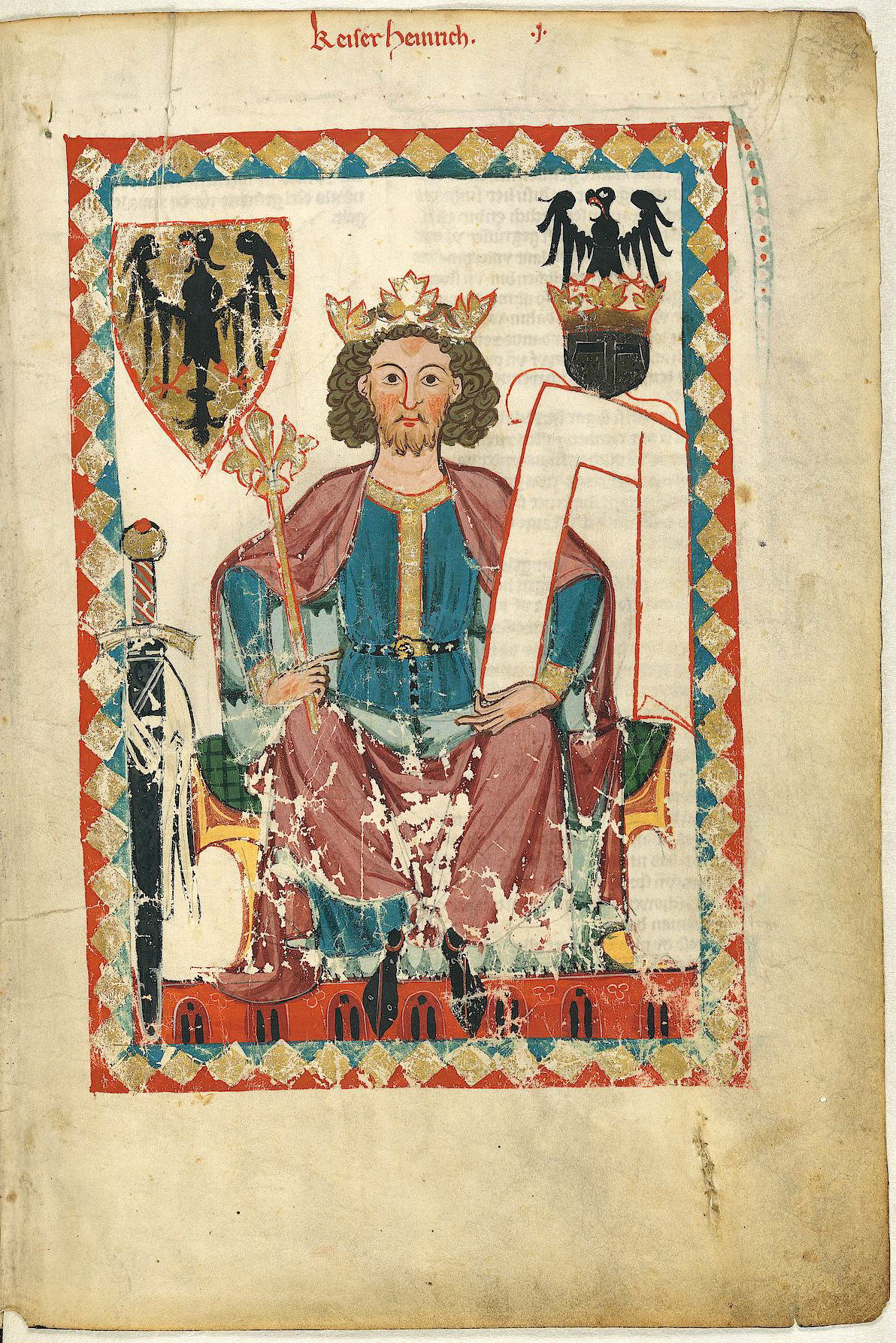The first three, I think, could still exist with a Catholic Russia. Lots of countries are personified as people and/or animals (cf. John Bull and the British Lion, or Uncle Sam and the bald eagle),
AFAIK, the Bear, except for being on a coat of arms of some Russian cities, was not the Russian “self-identification” symbol but rather an image propagated by the Brits: a savage Bear vs. a noble Lion (which, as everybody knows, is a typical British animal 😂). The double-headed eagle may be problematic but, OTOH, with the OTL marriage to a Byzantine royalty, it is not completely out of the question. Prior to it the coat of arms of the Princedom of Moscow was St.George on a white horse killing the dragon.
whilst the title Tsar seems to have entered Proto-Slavic via a Germanic language (probably Gothic), and so doesn't seem to have had anything to do with Latin vs. Greek Christianity.
As an option, “Tsar” could be coming from the East Roman Empire: it was used by the monarchs of Bulgaria and Serbia as well. But may be you are right. But, whatever the source, its practical usage as a title came through the GH and its descendant states: they had been referenced as the “tsardoms” and Ivan IV assumed the title after conquest of Kazan Tsardom.
The big difference would probably be the absence of Soviet symbols, at least assuming that a Catholic Russia has more contact with western Europe and hence industrialises more than IOTL.
IMO, this is a little bit of a stretch. Russian social system was shaped not as much by the isolation, which never was complete, but rather the neighborhood, which was going to be the same with the same need of dealing with the Tatars on the Eastern and Southern borders and Lithuanians on the West. Taking into an account the shortage of the natural resources and cash, the noble militia serving for land was pretty much the only affordable solution well into the XVI century and after that it was much more convenient to reform within the existing social framework than to change that framework. Which means that in the Catholic Russia the social situation would be more or less the same and that situation defined economic development all the way to mid-XIX.
Also keep in mind that by the time of reforms, mid-XVII - early XVIII, the Catholic neighbor (PLC) hardly was an “industrialized” country and most of the new things had been coming from Protestant Europe. For the Catholic Russia to carry such a program could be more difficult than for the Orthodox one: by that time the Protestants were considered a lesser evil than the Catholics.
But in a shorter time span there could be an interesting situation if the reign of Ivan IV goes along the OTL lines (his wars on the west had very little to do with a religion) and the later situation leads to the ToT and dynastic crisis. At least in theory, this may give Wladislaw a chance to become Tsar of Moscow (overthrow of False Dmitry I will not be logically motivated but let it be). But would the PLC nobility allow an absolute ruler of a big neighbor state become their king? After all, in OTL they killed Wladislaw’s Cossacks project out of fear that he will become uncomfortably powerful. And if they do, then situation may become extremely “interesting” in more than one way.
In such circumstances, the country would be better placed to survive any WW1 analogue, which means no Russian Revolution and no Soviet Union.



